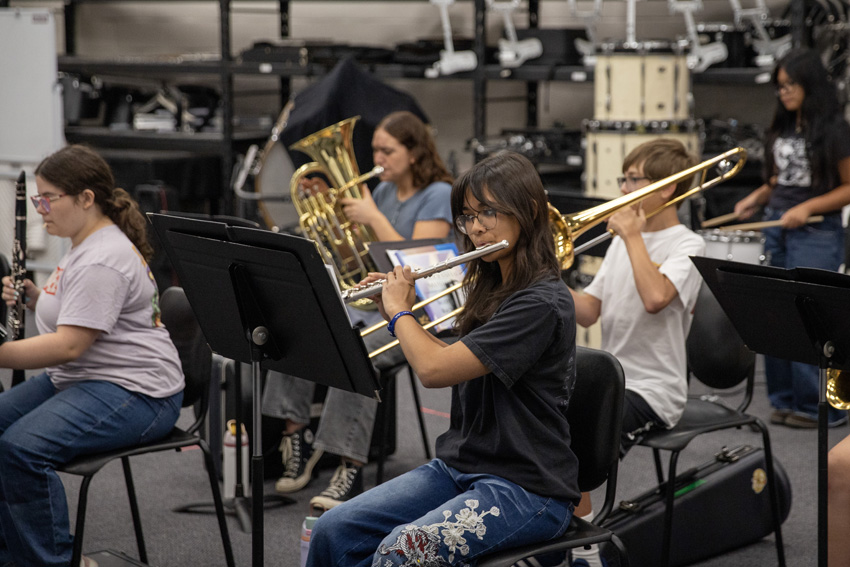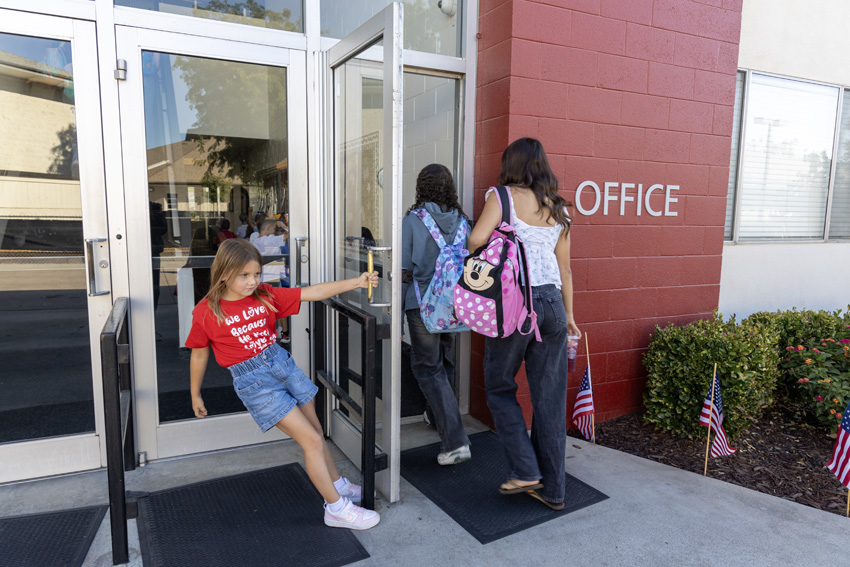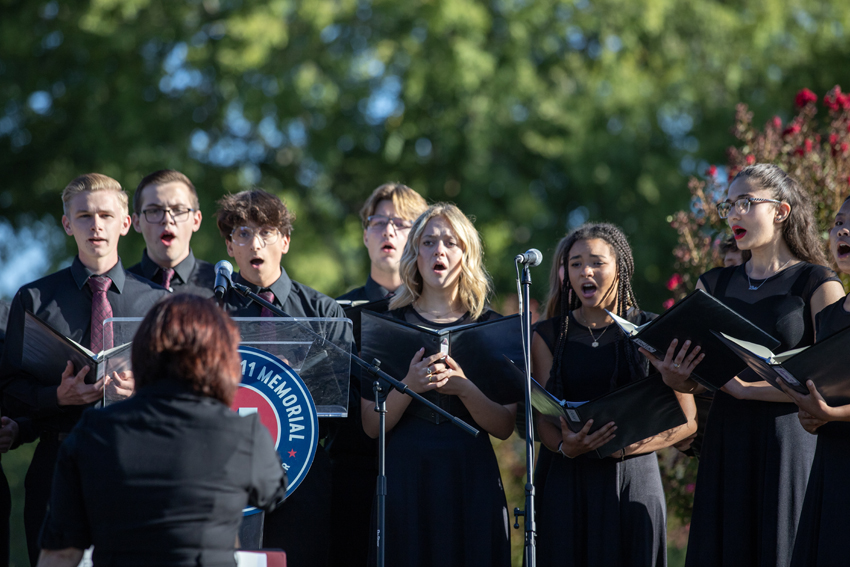Two trucks leave a city traveling north. Truck A leaves at 8 A.M. and is driving at 65 miles per hour. If truck B can only go 50 miles per hour, how much earlier will it have to leave in order to meet Truck A for lunch at noon?
An abundance of questions similar to this can be found in math textbooks and classrooms across the United States. Unfortunately, there is a shortage of American high schools students who can actually find an answer.
A test set up by the Program for International Student Assessment (PISA) was administered to students from 40 countries in 2000 and again in 2003.
According to Jerry Becker, professor at Southern Illinois University, “American 15-year-olds performed below the international average in mathematics literacy and problem-solving,” (http://mathforum.org).
Twenty-three of the participating countries outperformed the United States in mathematics in 2003. Outgoing U.S. Secretary of Education Rod Paige asserts that this problem needs to be addressed before it has a greater impact on American society.
“The PISA results are a blinking warning light,” Paige said. “It is more evidence that high standards and accountability for results are a good idea for all schools at all grade levels,” (www.washtimes.com).
Evidence shows that American businesses are currently spending nearly $30 billion a year on training workers. In 1992, executives at Pacific Telesis discovered that 60% of the high school graduates applying for jobs failed a company exam set at the seventh-grade level. (www.sntp.net)
Recently, the National Education Commission on Time and Learning has been researching why American students are falling behind their international counterparts.
Charles J. Stykes comments on their findings in his book, Dumbing Down Our Kids: Why America’s Children Feel Good About Themselves but Can’t Read, Write, or Add.
“Only one high school junior out of fifty (2%) can write well enough to meet national goals,” Stykes said. “A ?reading report card’ finds that 25% of high school seniors can barely read their diplomas, and less than 10% of 17-year-olds can do ?rigorous’ academic work in ?basic’ subjects.
“Most American students spend less than half their day actually studying academic subjects. Their schedules are jammed with course work in self-esteem, AIDS education, family life, consumer training, driver’s ed, holistic health and gym.”
Some American students believe that the falling scores are due to lack of effort on the part of U.S. high school students.
“It seems to me that the U.S. slacks off,” Whitney Ensom, ’05, said. “We don’t have as much homework as other nations and sometimes the teachers don’t even grade it.”
Teachers are also concerned with the problems being seen in American math classrooms.
“I do not like speculating on why this is happening,” Josh Tosland, math teacher, said. “But in the small community that I am in, I feel that there are other priorities in a student’s life that are contributing to the slide.”
Tosland suggests that students need to be more concerned with their academic performance and put more effort into bettering their scores.
“I feel that students can improve their performance by prioritizing it before non-academic activities,” Tosland said. “Another thing that students can do is to communicate to others when they need help. Students can be helped by other students in ways that a teacher might not be able to help.”
Now that the problem has been brought to the attention of education officials through tests like PISA, there is a chance that American students can catch up with those in other developed nations and make way for a brighter America in the coming years.
For more information on the education problem in America, read Charles J. Stykes’ book entitled Dumbing Down Our Kids: Why America’s Children Feel Good About Themselves but Can’t Read, Write or Add.”~”Brianna Stobbe, Photographer”~”Multiple choice tests, extra credit and slacking students. America scores an F on the world’s report card for scholastic abilities.
Here Josh Tosland, math teacher, uses the overhead projector to teach his Geometry students about special triangles. Jared Kneefel, ’07, studies the board; determined to find success.”~””~””~”Program for International Student Assessment






